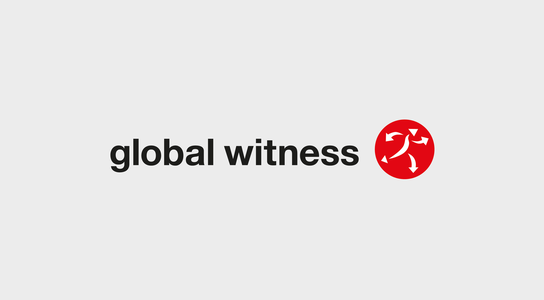In October 2020, the UK-based Fawcett Society published data showing that only 3 in 10 working women agreed that their employer would tell them if their male colleagues earned more for the same work, if they asked. An absolute mockery considering this report occurred almost three years after gender pay reporting was made mandatory.
In the United States, Equal Pay Day, initiated by the National Committee on Pay Equity in 1996 remains a hashtag every March to bring awareness to the ongoing wage gap, despite many women continuing to show the equivalent or surpassing education and experience in their sector next to their male colleagues.
And we haven’t even really progressed the conversation on the pay disparity between white men with the same education and experience as women of colour.
So, what now? What more do we need to do? How much more data, themed days and hashtags do we need to reinforce that it is cultural and societal expectations on gender roles, working hours and childcare responsibilities (to name a few) that result in women being disproportionately underpaid. When will women be rewarded equally without having to ask or fight for it?
These are difficult questions of course, free to be debated and challenged amongst family members, every type of partnership, workplace, educational space and industry. What now? What next?
As HR Manager for Global Witness and as a woman of colour, I have contemplated these questions myself. I am often left feeling overwhelmed and quite ready to distract myself with an indulgent dessert when I consider the magnitude of work we all have to do to make generational changes about the value placed on women at work. But as I reflect on the words of Maya Angelou:
If you don't like something, change it. If you can't change it, change your attitude.
Her words bring clarity, that closing the gender pay gap starts with organisations re-educating themselves on their perception of women in the workplace and making a decision to make equality a priority irrespective of legislation or perceived gains to reputation.
One of the ways that Global Witness does this is to publish its gender pay gap (even though we are not required to do so). We also have complete pay transparency, and all our jobs are advertised with the salary.
The snapshot of our 2022 UK gender pay shows that whilst 61%
of our organisation identify as women across the four pay quartiles (from the
lower earning colleagues to the highest), the difference in hourly salary (mean
pay) is 4.03% and the average rate of pay (median pay) shows a 4.65%
difference.
Although compared to the 15.4% national pay gap reported across all employees by the Office for National Statistic (ONS) and the 17.7% pay gap reported across Other Services by statista.com we are making progress, there is still work to be done to reduce the pay gap.
Our 2022 gender pay gap has reduced since 2021 (mean pay difference of 9.53% and median pay of 7.88%). We believe this reduction is because we continue to promote flexible working (anyone can ask for flexible working from day 1 of employment), promoting flexible working when we advertise jobs and the recruitment of more staff that identify as women in middle manager roles compared to last year. Our leadership team of six has four women.
The snapshot of our 2022 US office shows that 67% of the team identify as women, and 33% as male across the four pay quartiles (from the lower earning colleagues to the highest). This is an office of 10 people, with only one male within the team. In the context of these figures, the difference in hourly salary (mean pay) at 23.62% will be significantly higher than the controllable national cost reported in the US.
The median pay, also at the high rate of 20.19% will be subject to this disproportionate representation of men and women. Our figures have increased next to our 2021 gender reporting in the US, which had a mean average of 11.23% and median of 0.6%.
Throughout 2022, Global Witness will continue to hold itself accountable for a fairer and more inclusive work environment for the diverse women who contribute towards the work we achieve. By this time next year, we will have also published our ethnicity pay gap.Author
-
Krystle Williams
HR Manager


